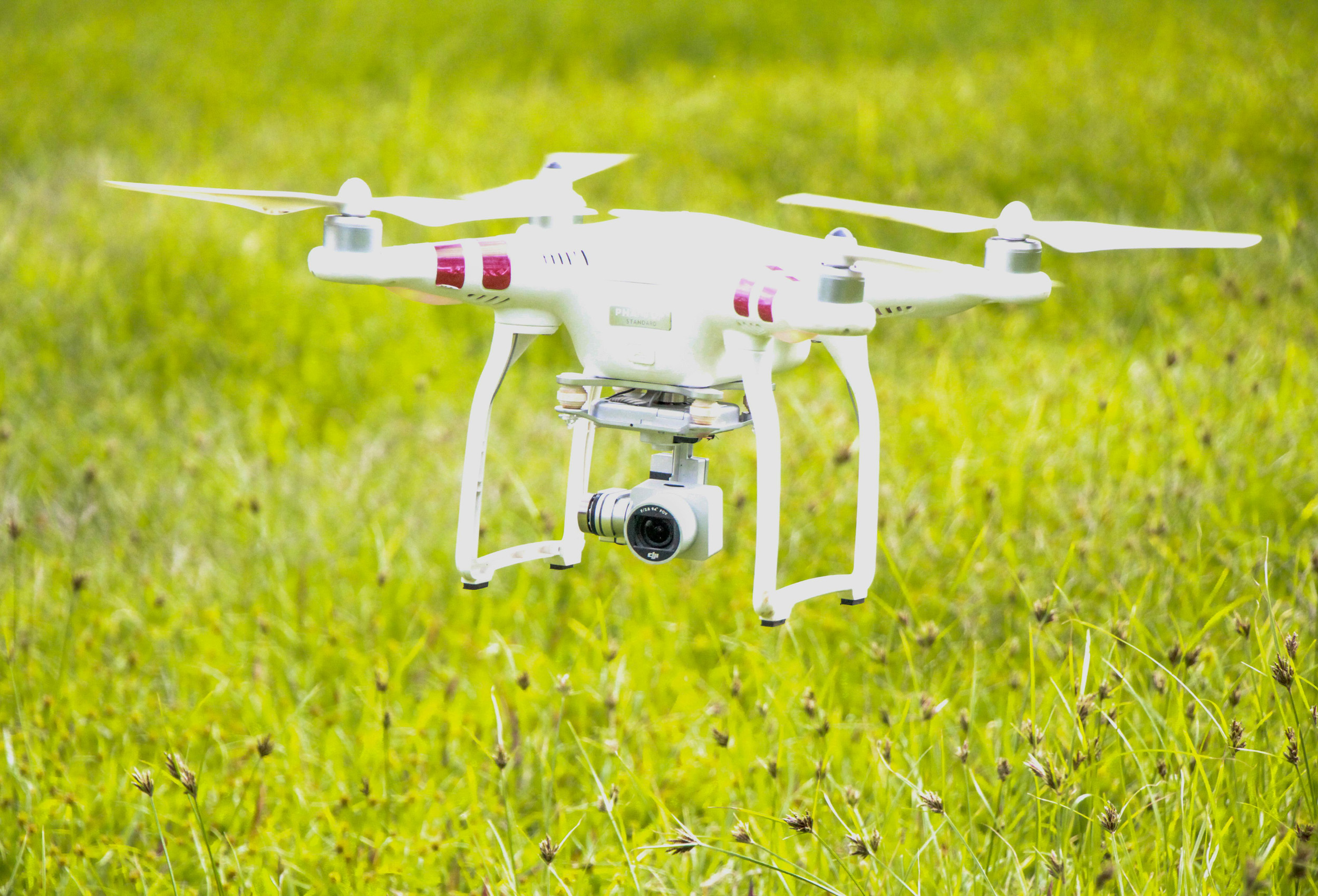The use of drones for roof inspections is rapidly transforming how roofing contractors, property managers, and homeowners assess and maintain their properties. This innovative approach offers significant benefits over traditional methods, making it an increasingly popular choice in the industry. In this blog, we will explore the key advantages of drone roof inspections, address potential challenges, and provide insights into how this technology is reshaping the landscape of property management and maintenance.
Reduced Safety Risks
One of the most compelling reasons to use drones for roof inspections is the dramatic reduction in safety risks. Traditionally, inspectors had to physically climb onto roofs, exposing themselves to potential falls and injuries. With drones, inspectors can conduct thorough examinations from the ground, eliminating the need for dangerous climbs. This not only protects the safety of workers but also reduces liability for roofing contractors and property managers.
Time and Cost Savings
Drones have the capability to cover large areas quickly and efficiently, significantly cutting down the time required for roof inspections. This rapid assessment translates to cost savings for both the inspection process and potential repairs. Instead of spending hours or even days inspecting a roof manually, a drone can complete the task in a fraction of the time. The quicker turnaround also means that necessary repairs can be identified and addressed sooner, preventing further damage and potentially saving money in the long run.
Improved Accuracy and Documentation
The precision offered by drones in identifying and documenting roof damage is unparalleled. Equipped with high-resolution cameras, drones capture detailed imagery and video footage of the entire roof, including hard-to-reach areas that are often missed during manual inspections. This comprehensive data allows for more accurate assessments, ensuring that all issues are identified and addressed. Additionally, the visual documentation provided by drones can be invaluable for insurance claims and maintenance records.
High-Resolution Imagery and Video
The detailed images and videos captured by drones offer a clear and comprehensive view of the roof’s condition. This level of detail is particularly beneficial for assessing areas that are difficult to access or see from the ground. Homeowners and property managers can review the footage to understand the extent of any damage and make informed decisions about repairs or replacements. This transparency fosters trust and communication between contractors and clients.
Environmentally Friendly
Using drones for roof inspections is an environmentally friendly approach that reduces the carbon footprint compared to traditional methods. By minimising the need for ladders, scaffolding, and other equipment, drones help lower the environmental impact of inspections. This aligns with the growing emphasis on sustainable practices within the construction and property management industries.
Weather and Legal Considerations
While the advantages of drone roof inspection are clear, there are certain challenges and considerations to keep in mind. Weather conditions, particularly wind and rain, can impact drone operations and limit the windows of opportunity for inspections. Additionally, legal and regulatory considerations, including obtaining proper permits and adhering to airspace restrictions, are crucial to ensure compliance. Contractors and businesses must stay informed about local regulations to avoid legal issues.
Initial Investment and Training
Investing in drones and the necessary training can be a barrier for some contractors or businesses. However, the long-term benefits often outweigh the initial costs. Drones are becoming more affordable, and the return on investment in terms of safety, efficiency, and accuracy is substantial. Proper training ensures that operators can maximise the capabilities of the drones and conduct inspections effectively.
Data Management and Privacy
The vast amounts of data collected by drones can be challenging to manage and analyse without the right software and expertise. Effective data management systems are essential to process and interpret the information accurately. Additionally, privacy concerns from neighbouring properties or individuals captured in drone footage must be addressed. Careful planning and obtaining the necessary consent can mitigate these concerns and ensure respectful and compliant operations.
Battery Life and Range
The limited battery life and range of drones can affect the scale and duration of inspections. Strategic planning is required to optimise drone usage and ensure that all areas of the roof are thoroughly inspected. Advances in drone technology are continuously improving battery performance and range, making it easier to conduct comprehensive assessments.
Conclusion
Drone roof inspections represent a significant advancement in property management and maintenance. By reducing safety risks, saving time and costs, improving accuracy, and offering detailed documentation, drones are revolutionising the way roofs are inspected. While there are challenges to consider, the benefits far outweigh the drawbacks. Roofing contractors, property managers, and homeowners who adopt drone technology are better positioned to maintain their properties efficiently and effectively.
